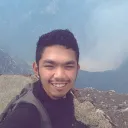Our favourite places to stay on this sleepy Cebu island.
What the Lockdown is Like in Latin America: A Filipino’s Experience

Contributed by Geeky Pinoy Wanderer
As of writing, it’s now day 80 of the lockdown in Argentina.
I am now reminiscing the time when the world was still normal; when all I could think of was travelling around and acquiring the necessary visas in Southern Latin America. Just a few months ago, my worries were about the hangover from the non-stop partying in Rio de Janeiro’s Carnaval and the stressful visa runs for the Southern Latin American countries that I planned to visit.
Who would’ve thought that the world would descend into chaos and all our plans would be shattered? Never in my life had I imagined these to happen and that I would be trapped in some faraway country all on my own.
Also read: How I Planned My First Long-Term Travel as a Filipino
Pre-coronavirus lockdown in Latin America
I was in Brazil when the first case of the novel coronavirus hit Latin America. The Carnaval had just officially ended when they announced that there was a case in São Paulo, and honestly, I didn’t even pay attention to it. I was thinking that it was an isolated incident and it won’t spread. Plus, at that time, I was thinking that it was just similar to mild flu.
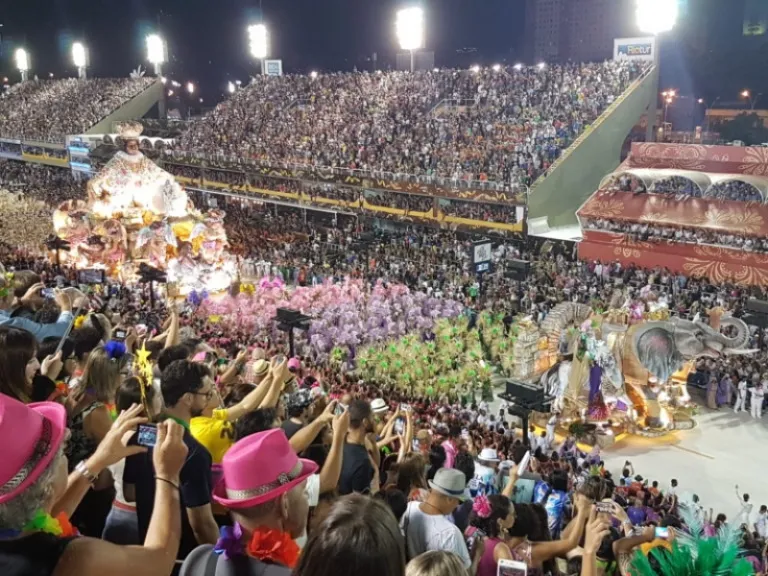
However, once other countries reported their cases, that’s when the tension rose. People became scared; and I, as an Asian tourist, received some nasty remarks from locals. Some of them were calling me “coronavirus” on the streets. Even Paraguayan authorities almost didn’t let me enter their country for being Asian. Good thing I can speak Spanish and I explained that I’ve been travelling in the region for a year now. In the end, they let me in, but not after interrogating me for almost 10 minutes.
I was already on my fifth day into my Paraguay trip when the situation started to get worse. The Paraguayan government started to close some establishments (tourist spots, gyms, schools, malls). And sadly, they also closed the Jesuit Mission Ruins in Encarnacion (the only UNESCO site of Paraguay) when we arrived.
To make matters worse, Paraguay and Argentina announced that they would be closing their borders. So, I had to make a quick decision: either stay in Paraguay or rush to the border and try to cross Argentina.
Truth be told, I’d rather be stuck there than in Paraguay due to the following reasons:
- There is a Philippine embassy in Buenos Aires, so I felt that they would be able help me if ever things go south.
- The healthcare system in Argentina is way better than in Paraguay. If I get sick, then I know I will be in good hands.
- Paraguay may be cheaper, but staying in Argentina will also be more economical due to its ever-fluctuating black market exchange rate.
- Paraguay’s weather is extremely hot, almost unbearable in the afternoon.
- I already visited most of Paraguay’s important sites, so there was no reason for me to stay.
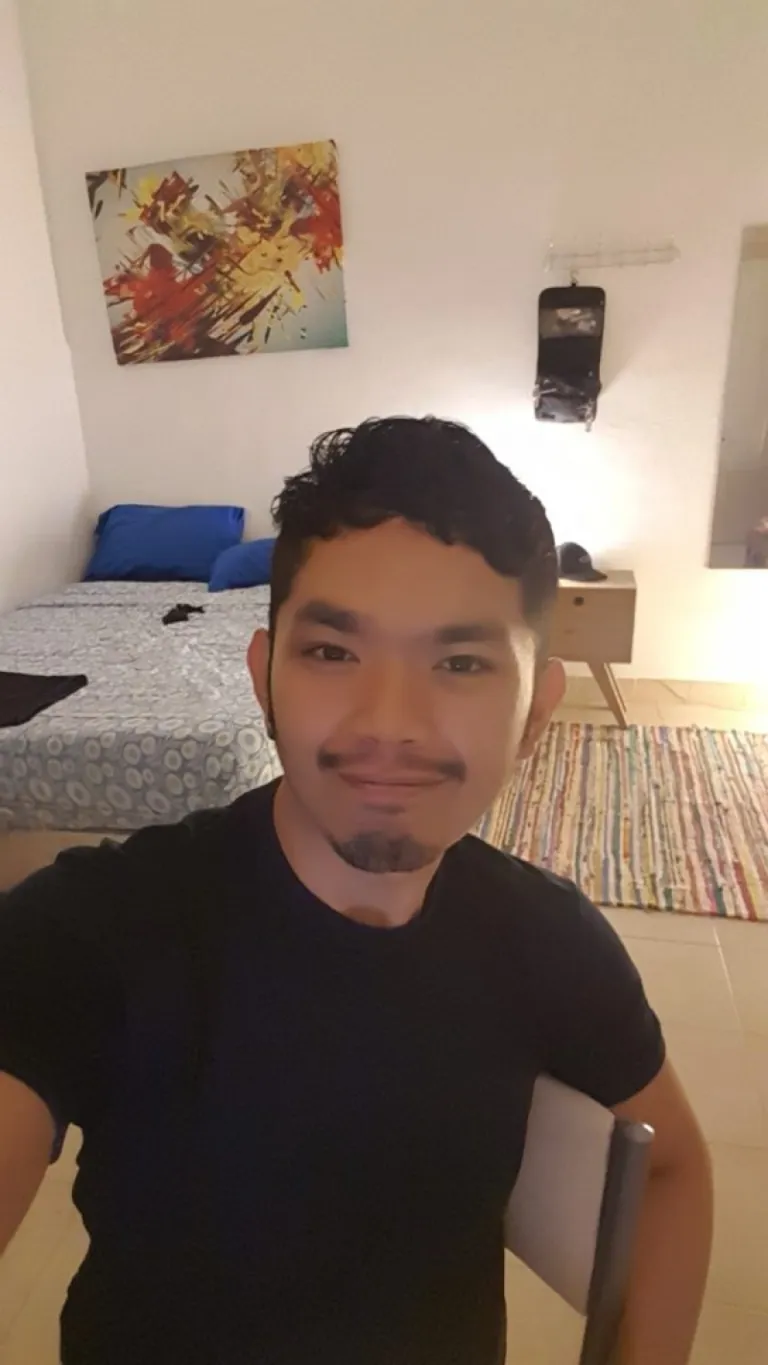
So I, along with some hostel mates, boarded the bus to the Posadas border crossing the next day. Good thing the border officials didn’t cancel my e-visa, like those in other countries did. They just asked some questions about my previous travels, and in the end, they stamped my passport and let me in. What a relief!
We then went to the bus station to look for a bus that goes to Buenos Aires on the same day. Some of my hostel mates decided to go to Salta, while two more decided to go to Buenos Aires with me. We managed to find the last tickets sold for the day that would leave at 7pm local time. After that, we parted ways with the rest and went on our merry ways.
The lockdown in Buenos Aires
We arrived in Buenos Aires the next day after travelling for almost 14 hours. By that time, we were already feeling the uneasy and tense atmosphere in the city. The government issued a decree of mandatory self-isolation for everyone coming from countries with overwhelming cases of the coronavirus for the last 14 days. These include South Korea, China, Iran, and all of Europe. Because of that, tourists who just arrived from Europe were either forced to buy a return flight to their respective countries or endure the self-isolation.
I thought I was spared since I arrived from Latin American countries before arriving here. However, the government included Brazil to the list two days after. The Argentinian president also issued a lockdown for the whole country, which was supposed to last until the 31 Mar 2020.
Some people from the government arrived in the hostel and listed everyone who should be isolated. Since I was in Brazil before Paraguay, I also had to undergo quarantine, but only for five days. They counted my stay in Paraguay as part of the isolation.
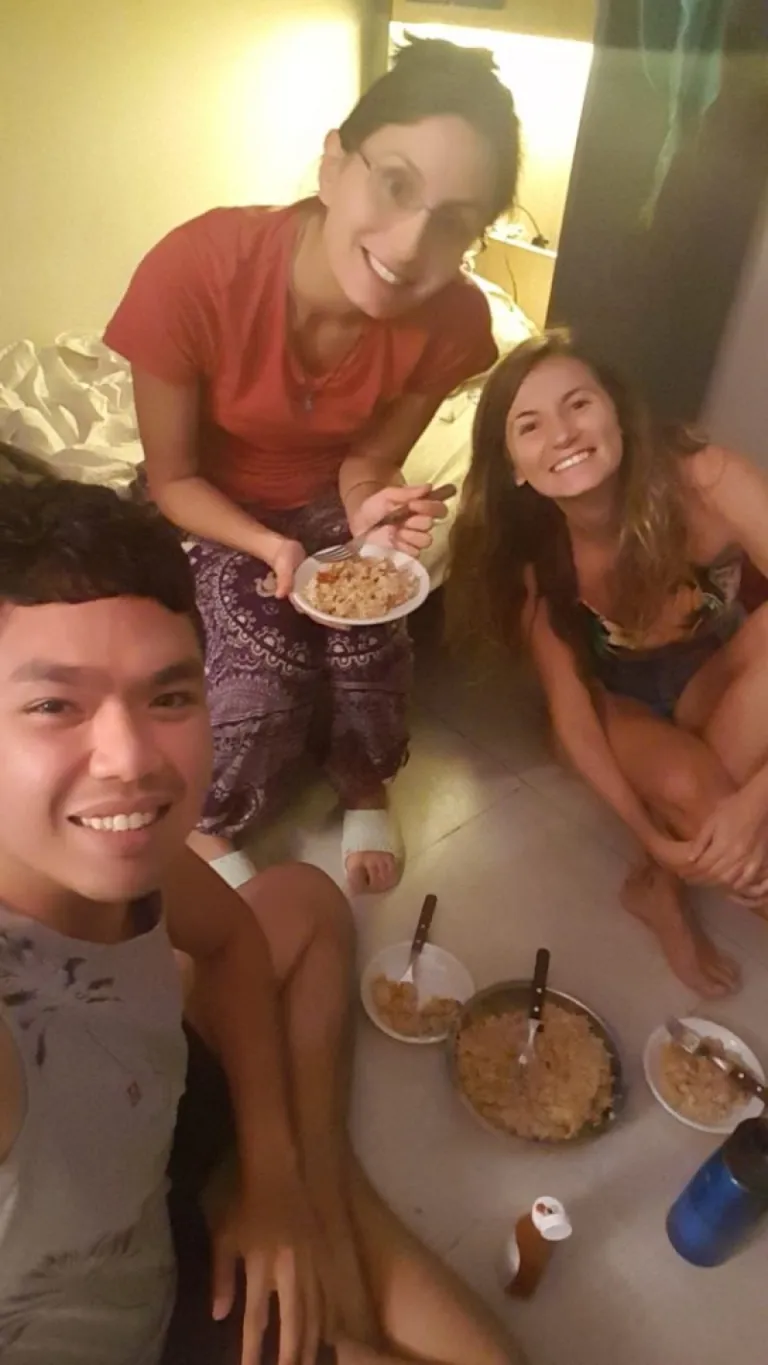
Those five days sucked. I got stuck with two other travellers in a shared room and we did everything we could to survive during the isolation. We created a makeshift clothesline inside the room to hang our clothes and did our laundry in the sink. We also asked people who could freely go outside to buy food and to refill our water bottles for us. In addition, we made sure to at least have a form of exercise to keep us healthy and sane. When my quarantine ended, I became the runner for the people still in isolation, making sure that they made it till the end.
I then decided to move to an apartment because it would be foolish to spend the lockdown in a shared room. I especially heard horror stories where authorities quarantined everyone staying in the hostel after someone got infected. I found a place on Airbnb and transferred there a few days after the travel restrictions eased up a bit in the city.
Also read: Stranded in Paradise During COVID-19: Filipino Travellers Share Their Stories
Life during Argentina’s coronavirus lockdown
More than 80 days. Who would’ve thought that it would last this long? I am still in the place I rented after I left the hostel. It is a private room in an apartment, where I share a common area with four French students. I opted for this arrangement so that I would still have someone to talk to and not live like a hermit in this tough time.
As for the coronavirus situation here, the World Health Organization (WHO) declared Latin America as the new virus epicentre. Brazil continues to lead the case count, followed by Peru, Chile, Mexico, and Ecuador. It was crazy, because when I left Brazil, there was only one confirmed case. And now, they are nearing 400,000 after just a short amount of time!
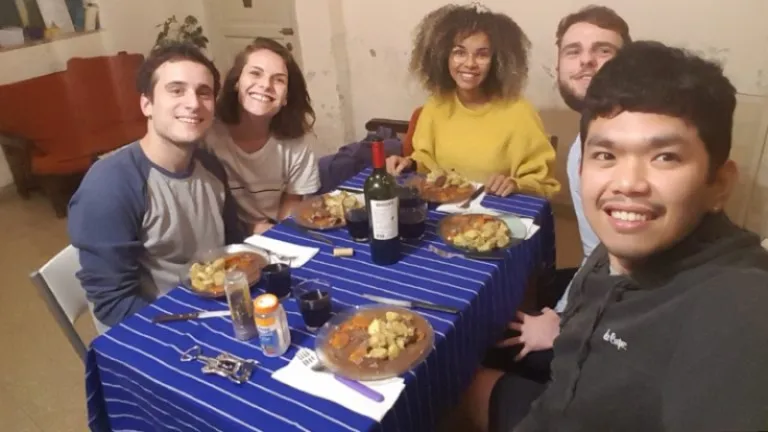
Argentina is winning the war against the pandemic but has not flattened the curve yet. While other provinces reported no recent virus transmission, the cases in Buenos Aires (both the CABA and AMBA regions) swelled, unfortunately. Because of that, the president decided to extend the quarantine for the nth time and concentrated their efforts on the favelas in the capital.
The quarantine here is not as harsh, though. We can go out to buy food and essentials at the groceries or pharmacies. Children can go outside if accompanied by an adult during weekends. And most important of all — there is no liquor ban!
I also registered myself under the Philippine embassy here in Argentina, so that at least someone can help me in case I need assistance. The consul, Sir Jason Anasarias, gave me his contact details and has been keeping me up to date with the latest news regarding the situation in the country. Kudos to you, Sir!
Also read: A Filipina Traveller’s Struggles While on Lockdown
With that, it seems that we will have to endure at least another month of lockdown in Latin America. I am just thankful that I and my loved ones are safe. I still stand with my decision to stay here and not go home, as I still want to continue my quest to see the rest of Latin America once this issue simmers down. For now, there is nothing to do but follow the government-imposed rules, keep myself healthy, and pray to God that this nightmare will be over soon.
Published at
About Author
Mike Lewis
Subscribe our Newsletter
Get our weekly tips and travel news!
Recommended Articles
10 Bantayan Island Resorts, Hotels, and Rentals for Your Tropical Escape 10 Best Mountain Cafes in the Philippines for Your Peak Coffee Experience Coffee date on the mountains, anyone?
10 Family Outing Ideas in Metro Manila Under ₱500 Looking for a weekend bonding with the family under ₱500? Head to these places, pronto!
10 Long Weekends in the Philippines in 2023 Book those flights ASAP.
Top 10 Post-Breakup Destinations for Healing and Self-Rediscovery Ready for a solo travel?
Latest Articles
Luisa Yu: 80-Year-Old Filipina Travelled 193 Countries in the World Travel has no limits, and neither does Luisa Yu at 80!
Cebu Pacific’s First Clark to Coron Flight Takes Off! Direct flights to Coron now boarding!
7 Best Pet-Friendly Beach Resorts in Batangas and Zambales Why leave your pet behind when these pet-friendly beach resorts in Batangas and Zambales offer the perfect getaway?
Calbayog Zipline: One of the Longest Overwater Rides in the Philippines Glide over the ocean on one of the longest overwater ziplines in the Philippines
Complete Thrilling Travel Guide to Cambugahay Falls in Siquijor Swing, swim, and soak in the beauty of Cambugahay Falls Siquijor!

